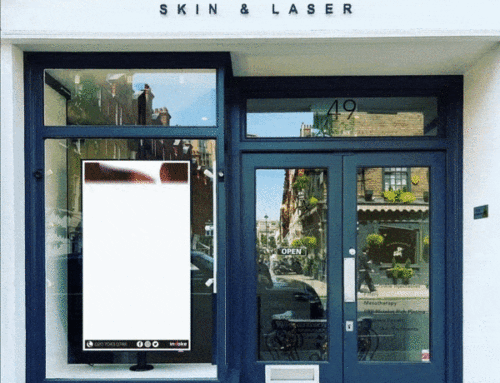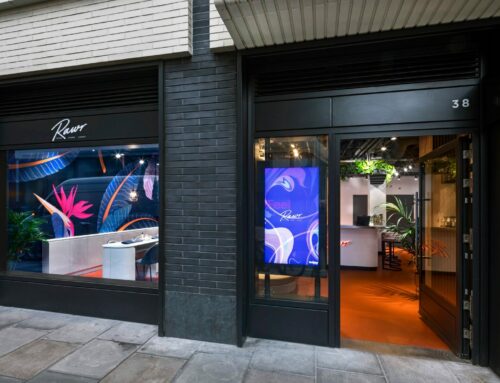Touch sensors are increasingly being integrated into 4K and other UHD displays to create immersive, interactive viewing experiences. But understanding and knowing how to overcome the common technical hurdles of 4K touch displays is essential for any successful installation. I’ll outline below three of the most commonly encountered challenges when implementing interactive 4K digital signage:
4K displays generate high levels of electromagnetic interference (EMI) because of the increased complexity of driving circuitry required to manage the much higher pixel density. This can increase interference three to four times compared to normal HD displays. This interference – or ‘noise’ – makes it harder for touchscreens and their control electronics to identify the signal (or touch) from the surrounding noise. This decreases the signal-to-noise ratio, and thereby impairs the identification of true touch events. In other words, increased interference decreases accuracy of the touch sensors.
Improvements to the electronic design and touch detection firmware employed by the touch controller are needed to ensure that signal integrity is maintained at a high level. Projected capacitive (p-cap) touch technologies use an X-Y matrix of micro-fine electrodes embedded within a laminated glass substrate, and use frequency modulation to detect minute capacitance changes within the conductive electrodes. One way to combat EMI is to implement a ‘smart’ frequency-scanning function in the touch controller. The operating frequency moves dynamically between 0.7-MHz and 2.2-MHz identifying and avoiding environmental ‘noise’ that would otherwise prevent the detection of touch events.
Latency in the touch response of displays operating at 4K resolutions is arguably the key issue to consider when combining touchscreen functionality with UHD displays. This is a challenge facing all touch technologies. Typical HD displays used with touchscreens today have a pixel refresh rate of around 120-Hz. The data processing requirements necessary to control the extremely large number of pixels (>8 million) involved in a UHD display means that most current 4K displays operate at 60Hz or less. This makes it challenging to deal with real-time touch events, such as dragging a cursor around a screen, since the display’s on-board processing power is effectively being consumed by refreshing the background image. Consequently a moving touch event on a UHD display, like a drawn line, appears to trail the finger noticeably more than on an HD display. Even p-cap touchscreens reporting touch events at millisecond speeds will fall victim to this latency.
Of course this delay is not noticeable during ordinary viewing (with no touch), as the viewer has no frame of reference by which to measure it. For dynamic touchscreen applications requiring drawing or the rapid dragging of objects, however, the 4K system’s delay compared to current HD-based touchscreens will be obvious.
As newer 4K displays enter the market with higher refresh rates and potentially improved drive circuitry to reduce EMI, these issues will diminish. But until then, careful consideration must be given to the choice of touch controller and to the kind of touch applications running on a UHD display and its likely effect on the user experience.
Original post by: Digital Signage Today





